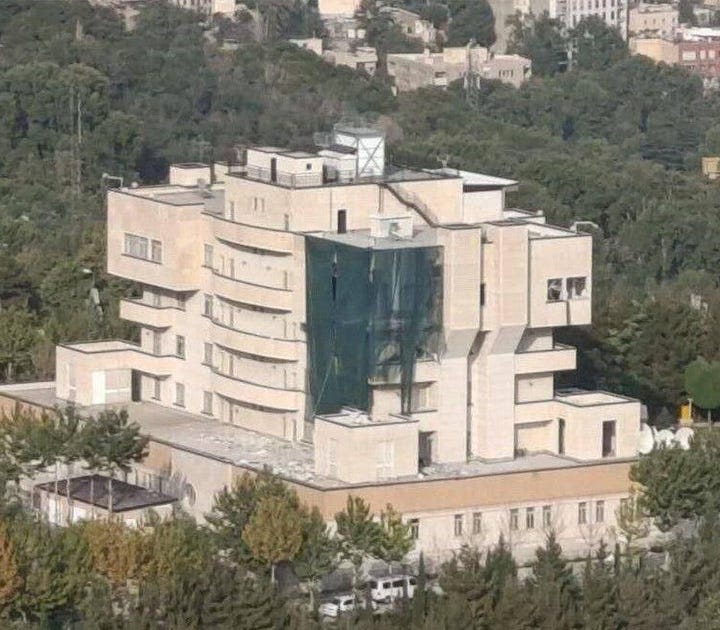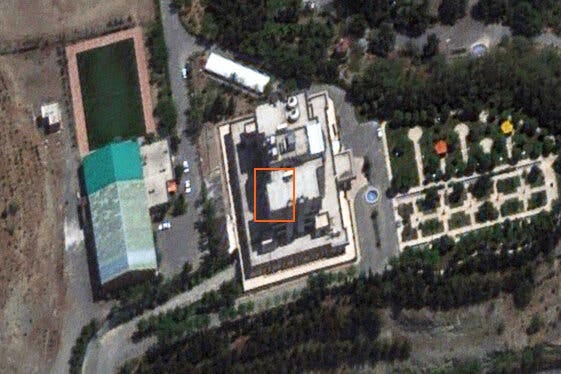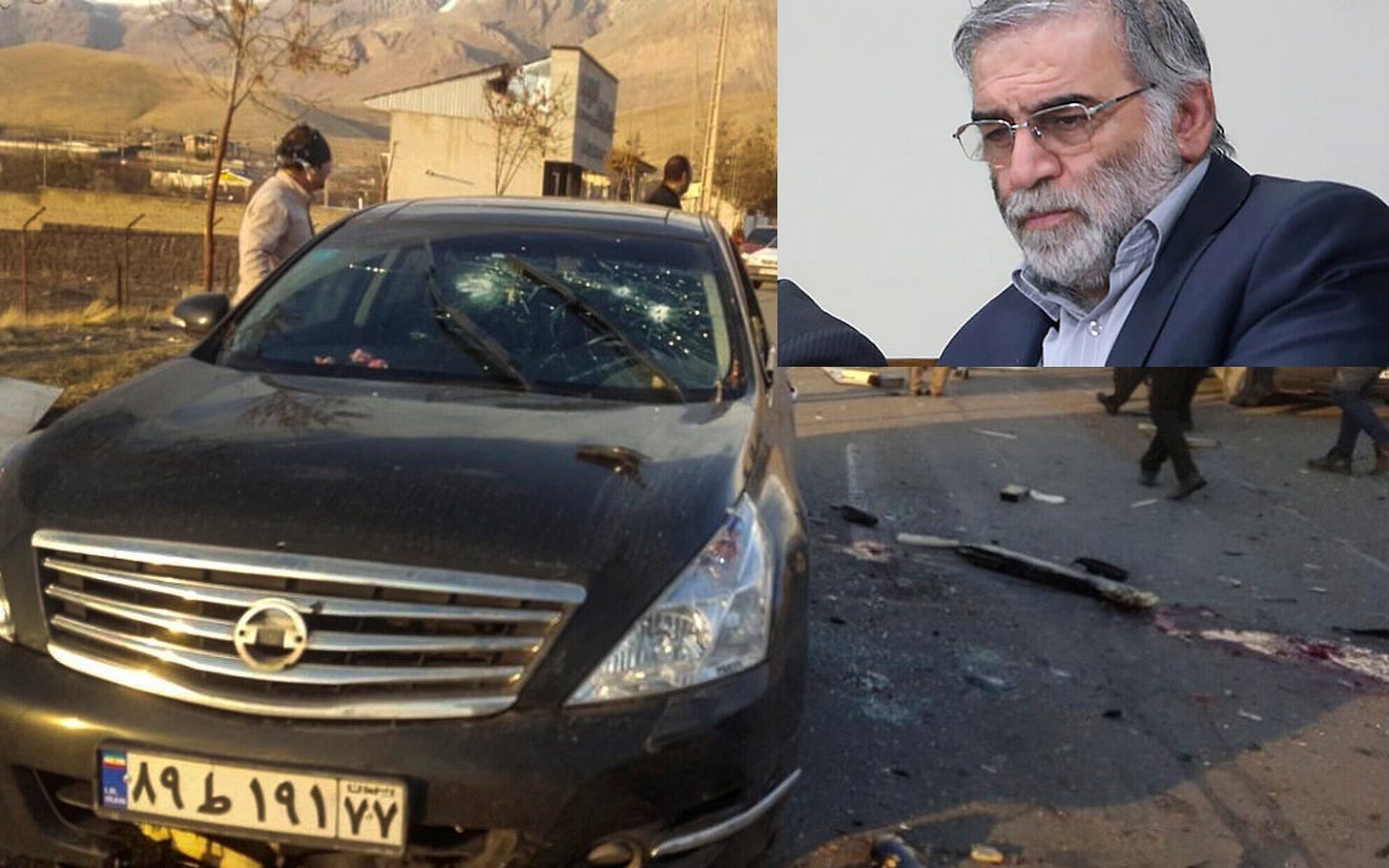What Killed Hamas’ Ismail Haniyeh?
Intelligence Sources Claim it was a Shoulder-fired Missile
At 2 AM on Wednesday, July 31, 2024, the political leader of Hamas, Ismail Haniyeh, and his bodyguard met their end. Haniyeh was in the Iranian capital of Tehran attending the inauguration of the country’s new president, Masoud Pezeshkian, and had participated in a meeting with the Supreme Leader Ayatollah Ali Khamenei earlier in the evening. Retiring to his room at a safe house overseen by the Islamic Revolutionary Guards Corps, Haniyeh had no reason to suspect that his life was in imminent danger. Asleep in his bed, he would never awake again.
Haniyeh and his bodyguard were blown up in their room by some kind of explosive device. Initial reports claimed that a sophisticated air-launched missile, fired from outside Iranian territory, struck the exact room that Haniyeh was staying in. Immediate suspicion fell on the Israeli Mossad and Airforce.
The next day the New York Times reported that it was, in fact, a planted bomb that killed Haniyeh:
“Ismail Haniyeh, a top leader of Hamas, was assassinated on Wednesday by an explosive device covertly smuggled into the Tehran guesthouse where he was staying, according to seven Middle Eastern officials, including two Iranians, and an American official.
The bomb had been hidden approximately two months ago in the guesthouse, according to five of the Middle Eastern officials.
The explosion shook the building, shattered some windows and caused the partial collapse of an exterior wall, according to the two Iranian officials, members of the Revolutionary Guards briefed on the incident. Such damage was also evident in a photograph of the building shared with The New York Times.
In the hours after the killing, speculation immediately focused on the possibility that Israel had killed Mr. Haniyeh with a missile strike, possibly fired from a drone or a plane, similar to how Israel had launched a missile on a military base in Isfahan in April.
That missile theory raised questions about how Israel might have been able to evade Iranian air defense systems again to execute such a brazen airstrike in the capital.
As it turns out, the assassins were able to exploit a different kind of gap in Iran’s defenses: a lapse in the security of a supposedly tightly guarded compound that allowed a bomb to be planted and to remain hidden for many weeks before it would eventually be triggered.
How the bomb was stashed in the guesthouse remained unclear. The Middle Eastern officials said that the planning for the assassination took months and required extensive surveillance of the compound. The two Iranian officials who described the nature of the assassination said they did not know how or when the explosives were planted in the room.”


However, trusted sources in the United States intelligence community, contradict the Times’ reporting and state that it was a missile that had been fired into the room where Haniyeh was staying. The missile was described as similar to that of an RPG–Rocket Propelled Grenade–meaning that it was fired locally, probably thousands of yards or less from the compound and room where Haniyeh was.
The projectile was probably more sophisticated than a typical shoulder-fired RPG and may have resembled a laser-guided anti-tank missile used extensively by militaries around the world and organizations like Hezbollah in Lebanon. They are highly accurate and can hit specific areas of buildings in addition to moving tanks.
Such a weapon and tactic would conform to the Mossad’s modus operandi in how they carry out assassination operations inside of Iran. Over the decades the Mossad has used agents equipped with explosives and projectiles to assassinate many Iranian nuclear scientists inside of the borders. In 2020 the Mossad used a remote-controlled machine gun equipped with artificial intelligence, hidden on a truck bed parked on the side of a road, to kill Iran’s lead nuclear scientist, Mohsen Fakhrizadeh, as he drove down the road in his car. The truck then detonated, destroying most of the evidence.
All of these assassinations were locally executed by Mossad agents who got up close and personal to their targets. No drone strikes, no airstrikes.
It remains to be seen what the real story is regarding Ismail Haniyeh’s assassination. The event just happened and too much is still unknown to reach any definitive conclusions. However, from what has been gleaned from my sources, it seems he was assassinated from a distance rather than a bomb being planted in his room, as the New York Times claims. Such a scenario as described by the Times would require tremendous risk to any agent planting a device as well as unimpeded access to the heavily-guarded Islamic Revolutionary Guards Corps compound. It is more likely that a projectile killed Haniyeh.


